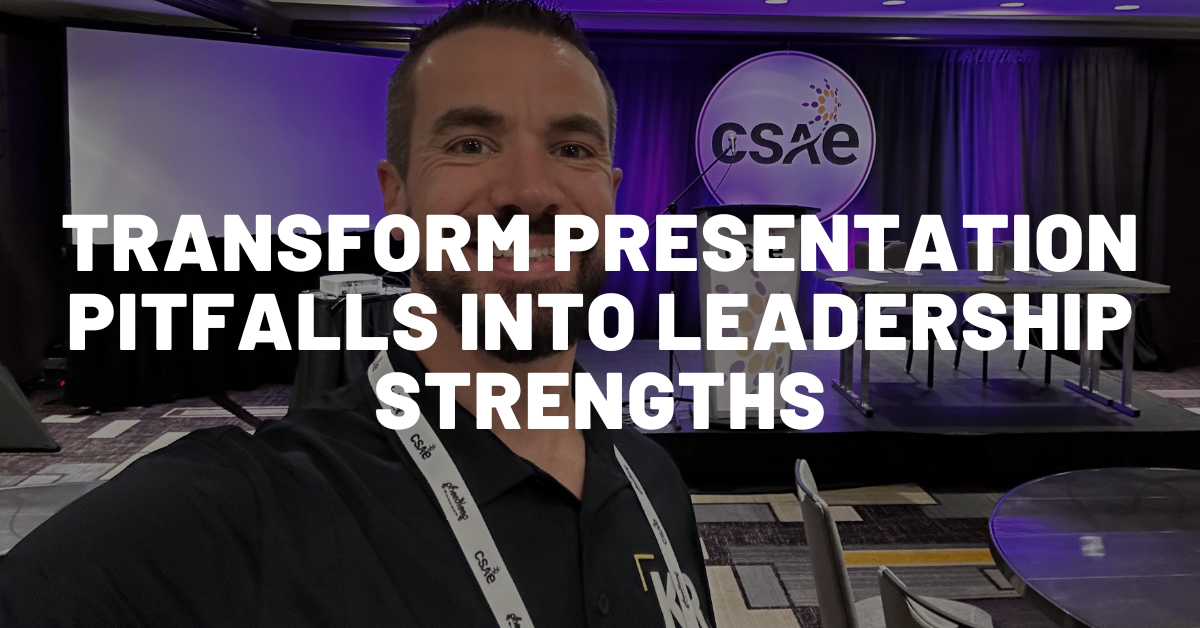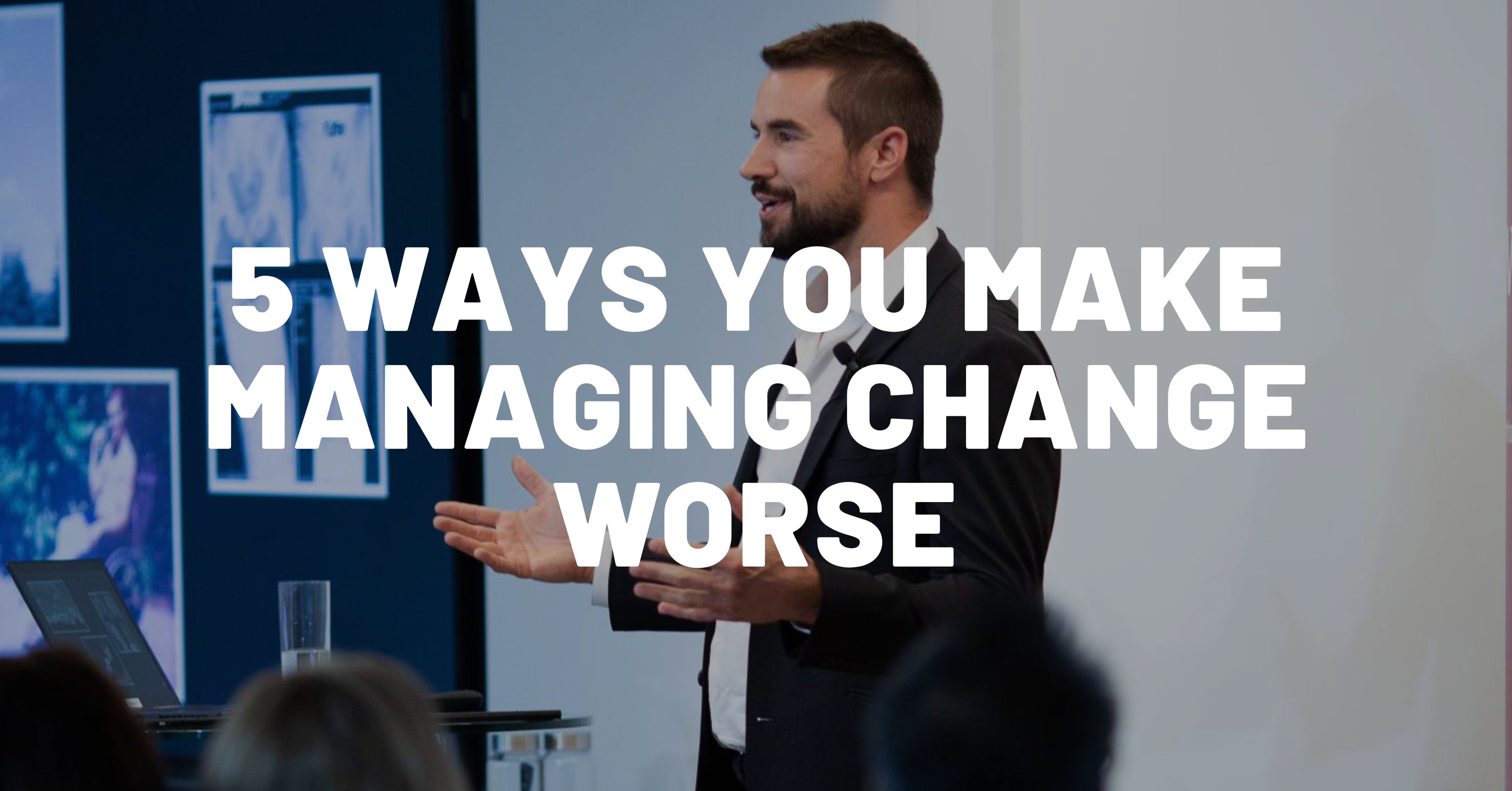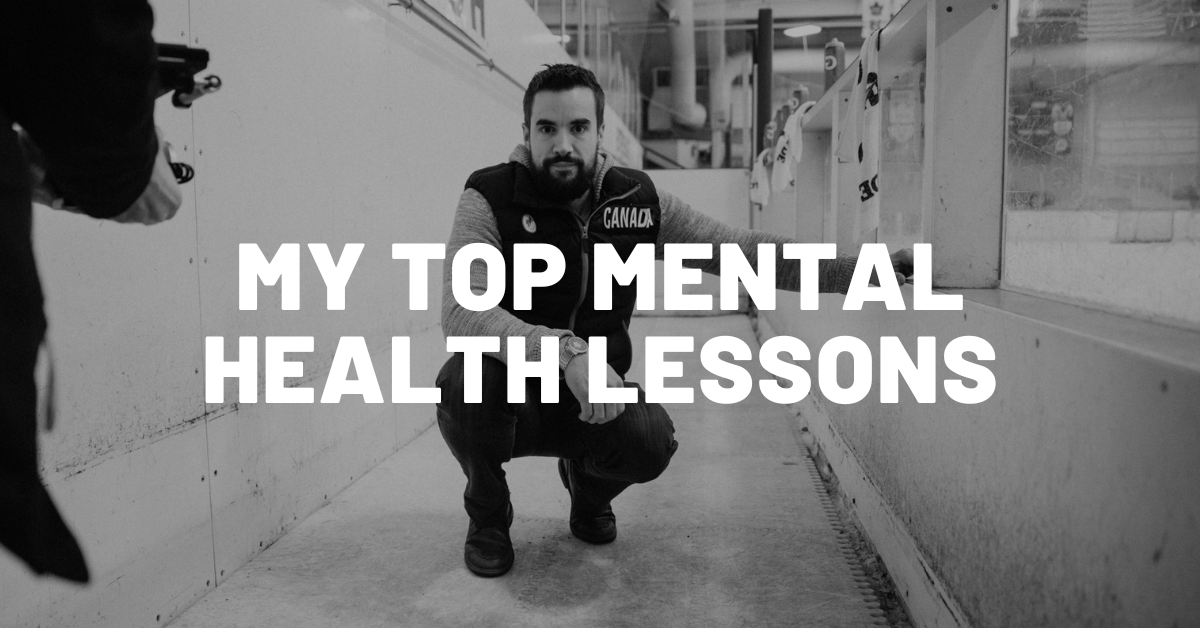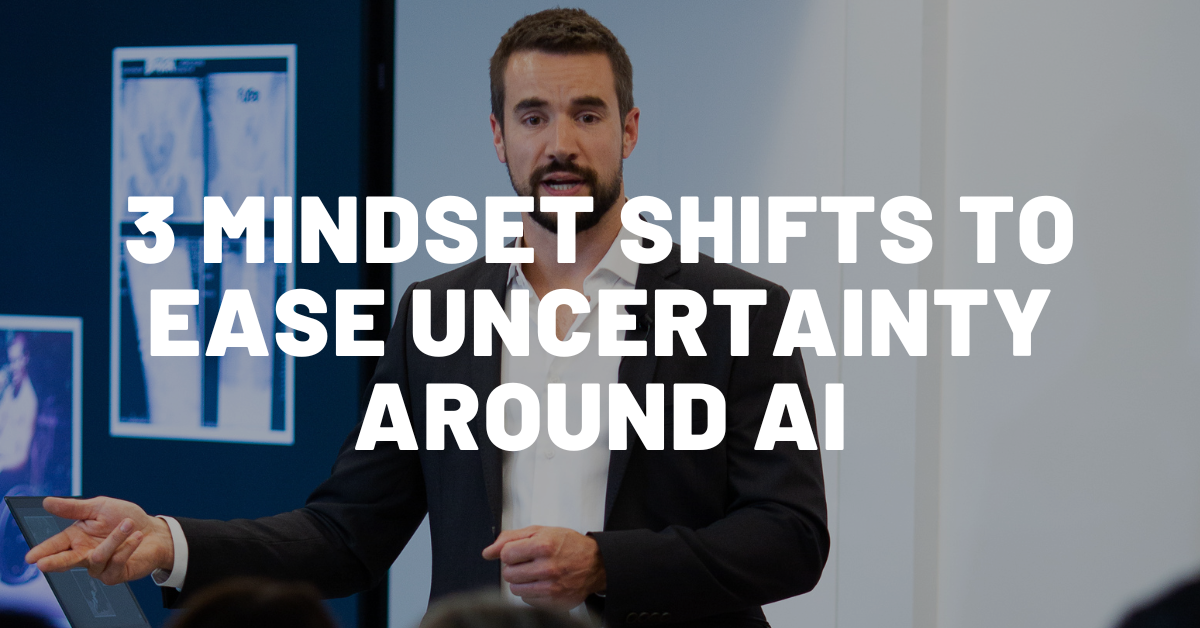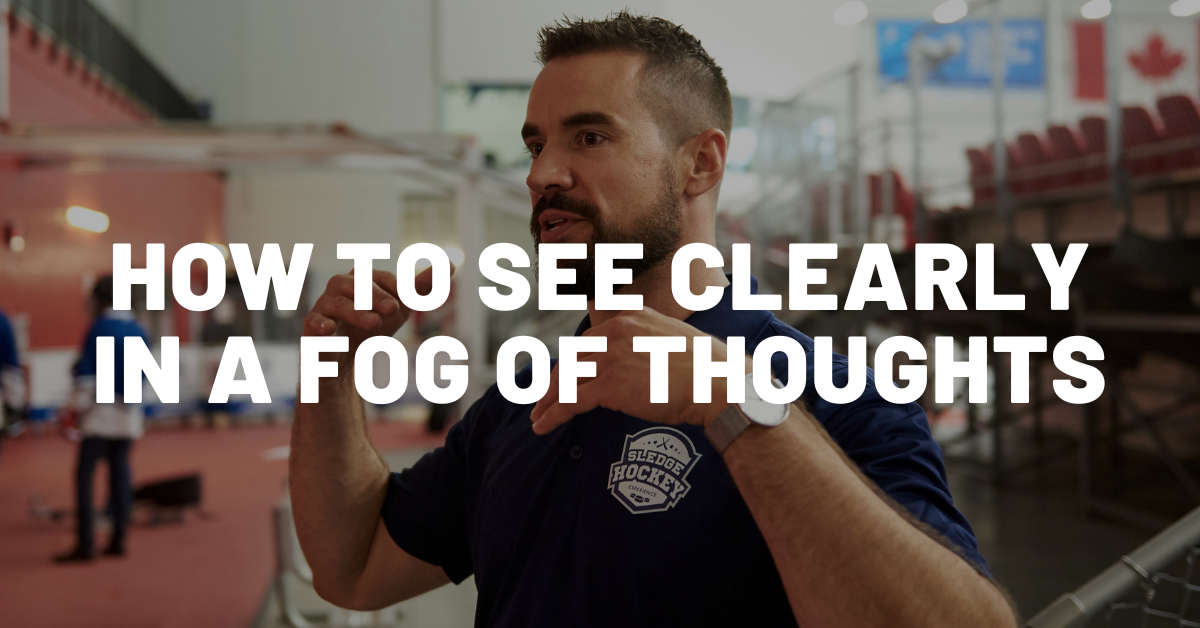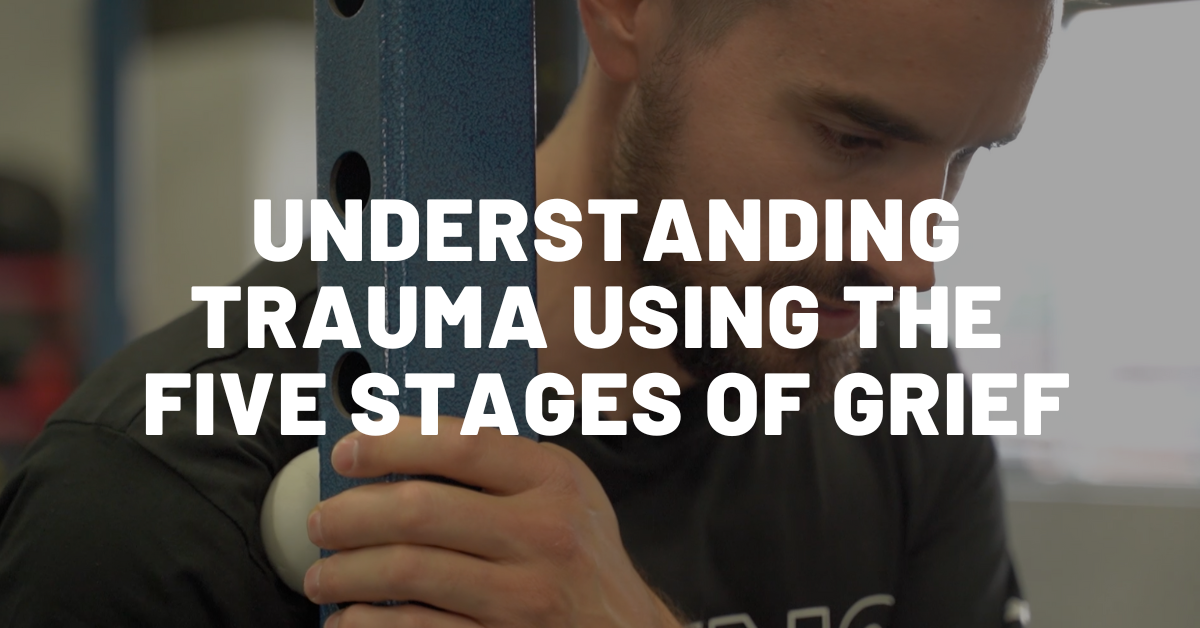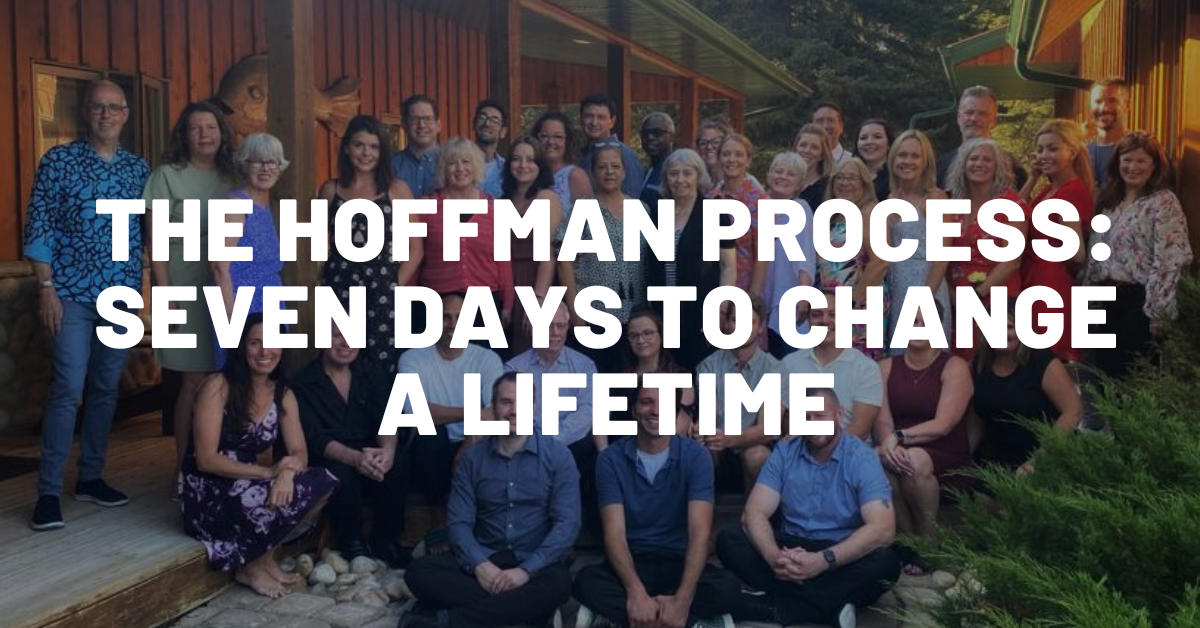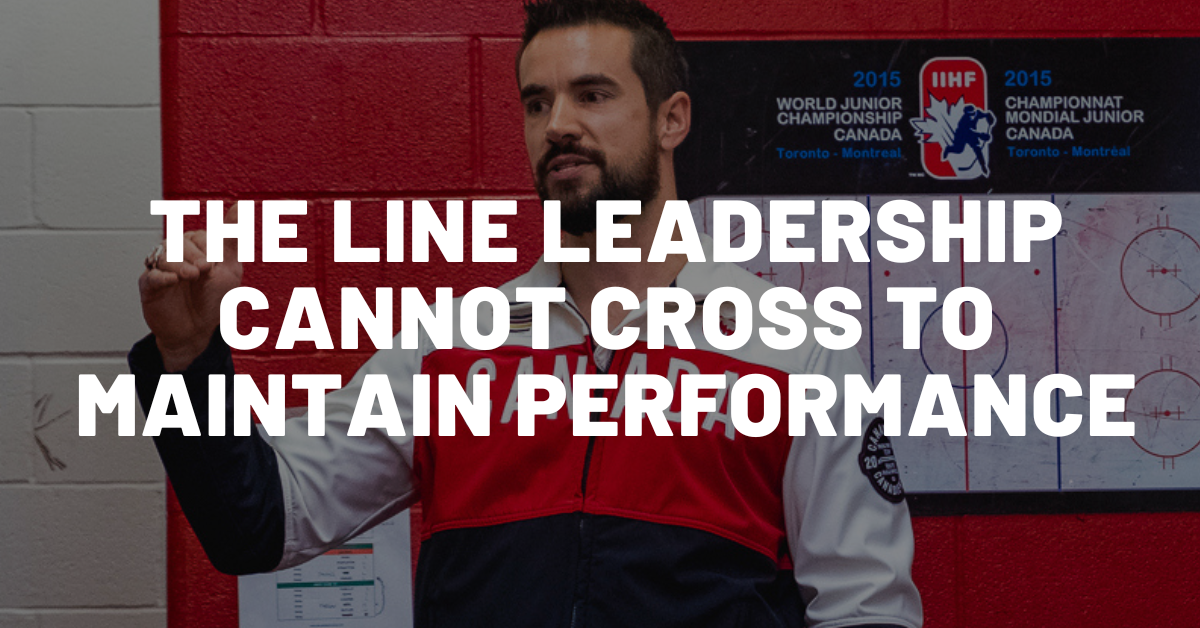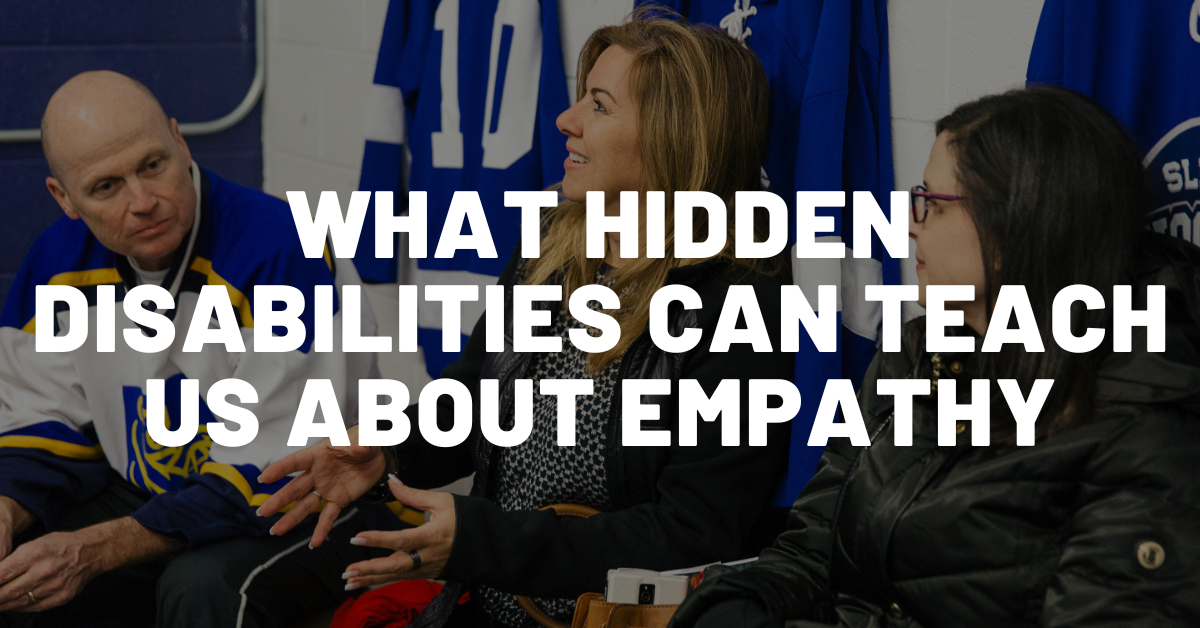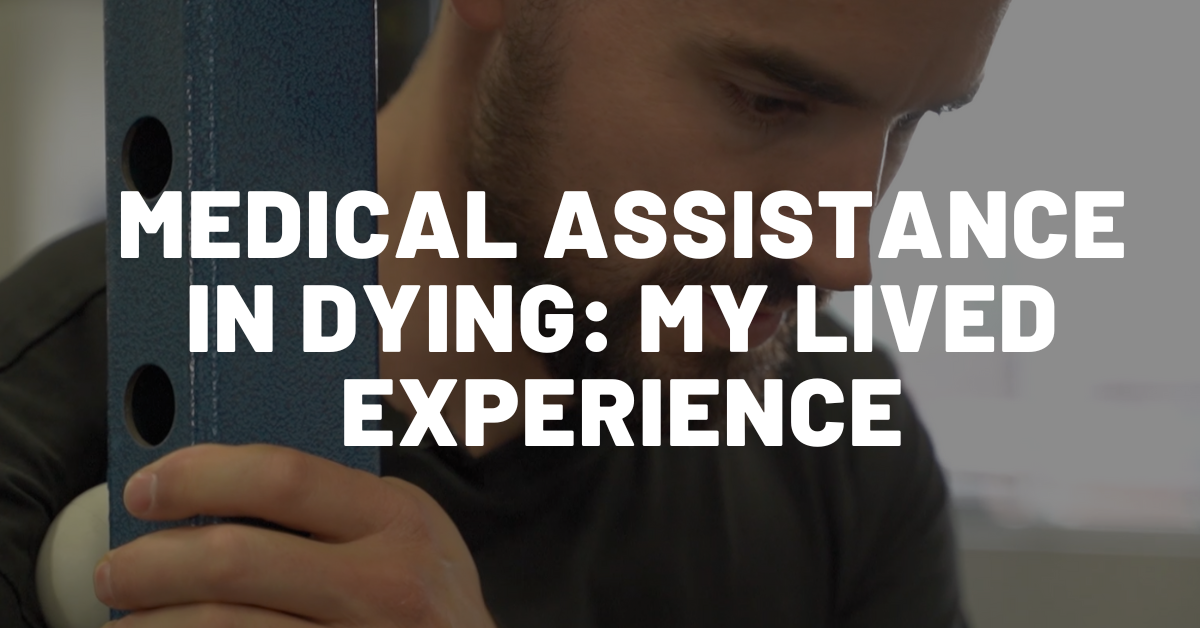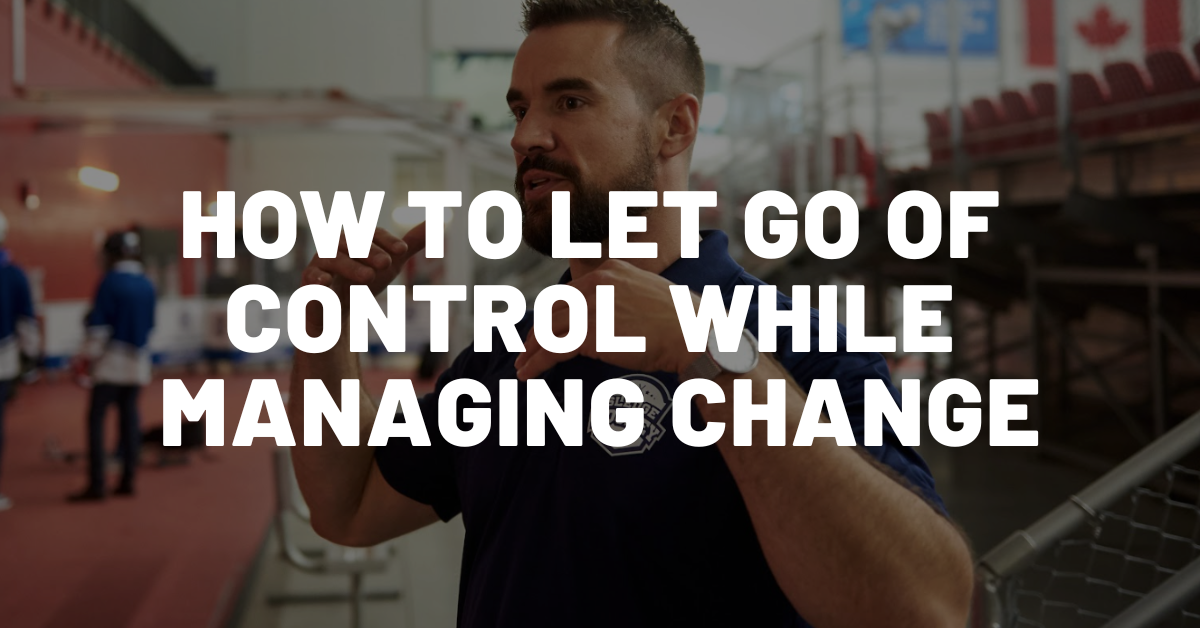Recently, I asked subscribers of my newsletter the question “What do you need help with right now?”.
I received several responses that often revolved around the topic of change, but this comment particularly stood out for me:
“A challenging thing for me lately has been “patience with change and accepting change.” The last month was full of changes and challenges. I am not sure if it was COVID or returning to work, but my anxiety continues to be elevated, my workload seems large, and I have been finding it hard to get into a rhythm.”
Can you relate?
I have found it challenging myself in my own “return to work” as I reopen the Sledge Hockey Experience team building program in Etobicoke. Just getting back into a groove with the equipment and conversations around the program has been interesting!
(Click here to read a funny post about how I literally forgot what to say on one of my phone calls)
If you find yourself struggling with patience and accepting change, here are five quick tips to help you through this today.
Accept That Change Is Constant
Just like the wind, we never know for sure what will happen next.
Last week I planned two hours to run errands and purchase a few items: new pillows, bed sheets, and towels. I thought that was enough time and that I would be done for the day to focus on something else.
When I got home, I realized that the colours didn’t match, the sizing was off, and that someone had mixed up two different pillows in the same packaging.
The sudden changes threw off my entire day. Just when I thought it was over, I had to start all over again.
I took a deep breath, smiled, and went back to the store.
Due to a staff shortage, a 20-minute return turned into a 90-minute task. That forced me to change my evening plans which then spilled over into my Monday.
Such is life, right?
I share this with you because when we have unexpected challenges come up, it helps to remind ourselves and accept that change is constant. We never know what the next hour may bring, let alone tomorrow.
Little things can easily throw us off track, however, if we can practice strategies such as taking deep breaths, writing your thoughts down, and making simple mindset shifts to accept that change is constant, we can be more patient when change is happening.
Focus on Baby Steps
When I had to learn how to walk again, I didn’t begin by taking one step at a time. I began by wiggling one to at a time.
That first toe was my baby step towards my goal.
When I was pursuing Team Canada in sledge hockey, I would attend public skating to practice turning and stopping, and when possible, shoot pucks repeatedly until I finally learned how to raise the puck.
Each practice was one more baby step towards my goal.
When I started out as a speaker, I didn’t have The Hero Mindset keynote already developed. I began speaking for free, in schools, and eventually broke into the corporate world.
Each opportunity on stage was one more baby step towards my goal.
When we struggle to accepting change, remember that as we navigate that change, each day provides an opportunity for you to take one more baby step.
That might mean as a leader, one more meeting resolves one more issue with your management team.
That might mean as an event planner, this year’s event isn’t perfect but will lay a new foundation for returning next year.
As a team member, asking your colleague one more time “I was thinking of you. Are you sure you’re, ok?” can make all the difference in building trust for someone to open up to you about their mental health.
As we strive to navigate change, don’t get caught up in the time it takes to get through the change. Keep focusing on baby steps that make the change happen.
Don’t get caught up in the time it takes to get through the change. Keep focusing on baby steps that make the change happen. Share on XChange Takes Time
I made this post a while ago about how I’ve had so many experiences in life that revolve around four-year cycles.
When I was becoming a Freestyle Motocross rider, I was approaching the four-year mark of riding when my skills started to take off.
When I had to learn how to walk again, I was at the four-year mark when I finally could walk around all day, every day, with only minimal pain.
As an Olympian, it took me four years to really get good at what I did, and it’s a four-year cycle to the Paralympic Games.
I could provide more examples, but what it makes me think about is the change we have all been experiencing in our world today.
Where are we in our journey? When you think about the big picture, we are early in the process… Like, really early!
If you were to take a step back right now and reflect, with the change that you, your team, and your organization are going through today, how early are you in navigating this change?
How realistic is it that you would or should have it all figured out by now?
Chances are it’s probably still pretty early. Change takes time.
Allow Chaos for a While
Have you ever moved before?
Most likely you have.
Do you remember what it was like when you were in the process of unboxing everything in your new place?
Everything feels like complete chaos. It’s very hard to feel settled!
How did you get through it?
One, I would suggest that you stop saying “yes” to everything to get back in control.
Two, you accept that chaos is simply part of the process, and you begin by unboxing things, one box at a time.
Each time I have moved it typically takes me three to four weeks until I start to feel settled into a new home. It takes time to get all the details in order, place things where you want them, get into a flow learning the ropes of a new city, the parking situation, the streets of the new neighbourhood.
All this takes time!
In order to manage the change that is happening, we must allow a little bit of chaos into our lives as we learn how to get settled. This will mean it might take a few weeks or a few months.
For example, an organizational restructure is not something that you will feel settled from in three to four weeks. It’s going to take a few months for everything to fall into place.
Recognize that we must go through a little bit of chaos to get into order.
We must go through a little bit of chaos to get into order. Share on XFocus on The Future
When we are experiencing change, we are often focused on the present moment and what that feels like. It can be hard for us to think beyond our current situation.
I share the story all the time that when I was first paralyzed, I had no idea that Team Canada, the Paralympics, or sledge hockey even existed!
I had no idea on what I had to look forward to.
However, I believed that if I learned how to stayed focused on the future that I could still live a fulfilling life living with a disability, a new opportunity would appear.
It was two years after my injury before I discovered sledge hockey, but what kept me going was that I was focusing on the future.
When you find yourself frustrated with change taking place, keep focusing on what the future might hold.
Ask yourself questions like “What new opportunities could come out of this?”, “How will I grow as a person because of this?”, “What new skills will I develop by going through this change?”.
A simple shift in mindset from the present to a potential future can help you get unstuck in managing change.
In Conclusion
Personally, the biggest key that stands out for me when I think about patience in managing change, is acceptance.
I can think about so many times where I may feel frustrated about what is happening, impatient that I want something to be going in a different direction, wanting a better or different result for “how hard I have worked” or “what I think should happen”.
In the end, thinking those thoughts does not help the situation at all.
I find the key is to accept what is happening.
I think to myself, “Change is happening. I can’t change it. I have to accept it.”
Instead of fighting it today, think about how you can accept the change that is happening for you and your team.
When we do so, this is how each of us can become a hero in our own movie.
—
Enjoyed this article? Here are three more to help you develop a resilient mindset:
How To Get Yourself “Back On Schedule”
Life Doesn’t Give You What You Want, Life Gives You What You Need
How To Stay Focused At Work And Be Productive
—
Whenever you are ready here are the 3 best ways I can help you:
- Get a FREE copy of my autobiography (click here)
- Looking for a speaker for your next event? (Contact Kevin)
- Learn more about The Resilience Toolbox Workshop (click here)

